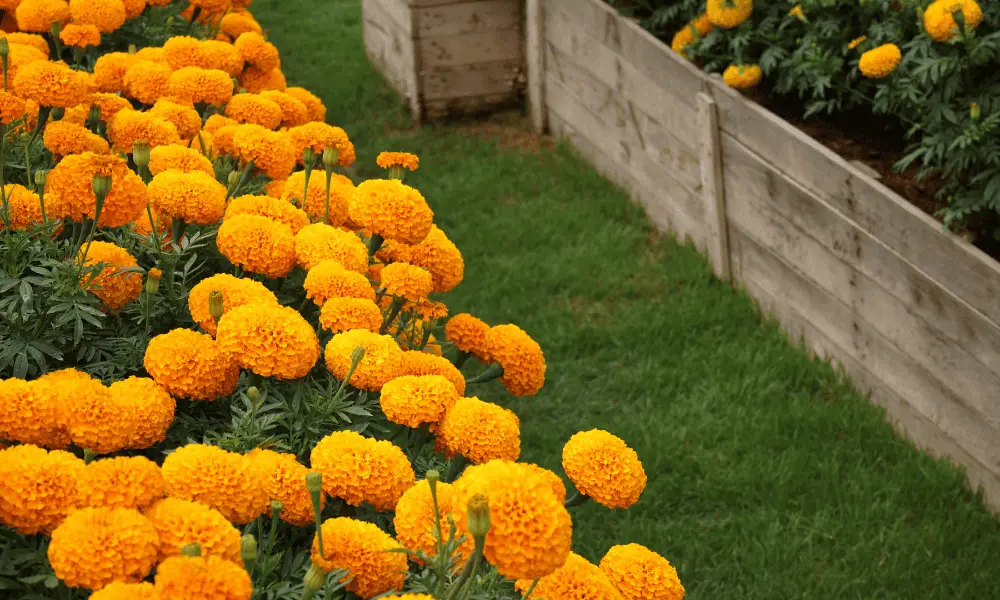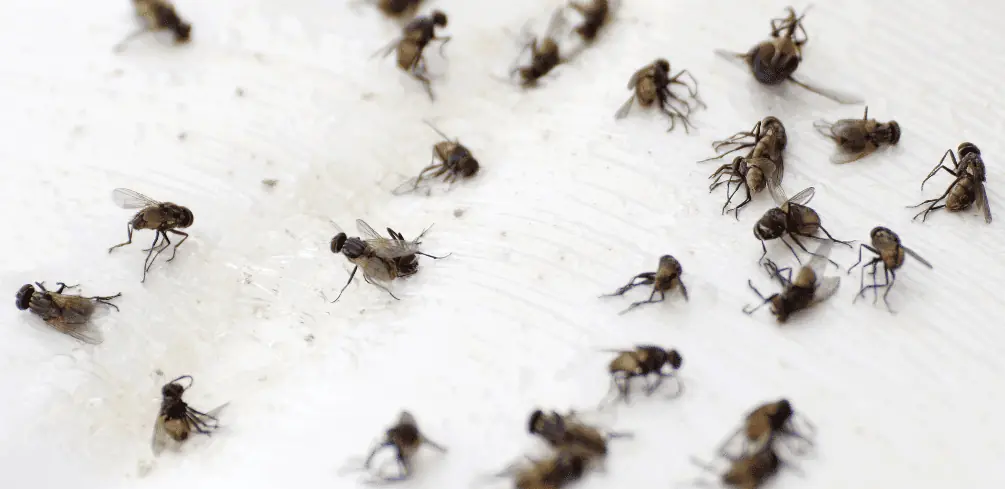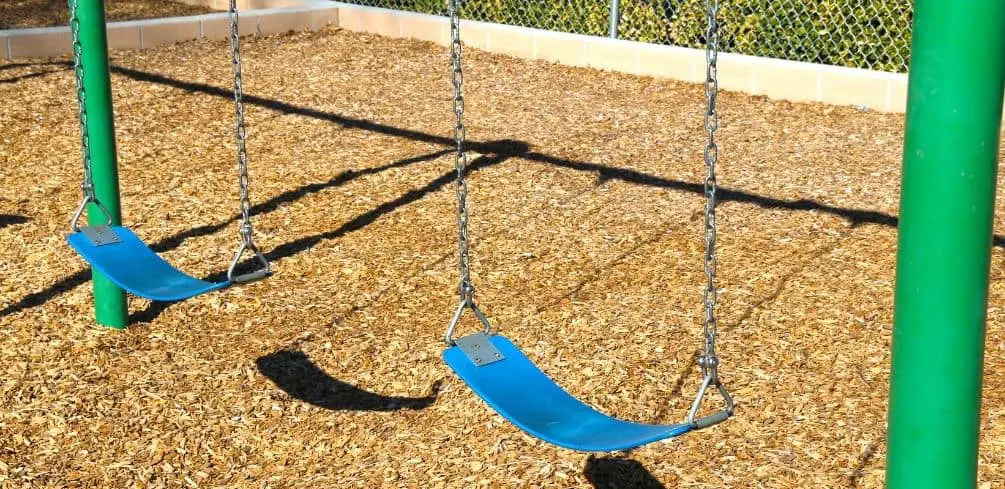Gnats can feel like the bane of your existence when they swarm around you in a relentless cloud, making your outdoor experience miserable.
These tiny, pesky insects have an uncanny ability to detect the presence of humans and animals, drawn to our warmth and exhaled carbon dioxide.
But fear not! Combating these miniature menaces is entirely possible if you know how to identify them, understand what’s attracting them to your yard, and equip yourself with the right tools for gnat control.
In this article, we’ll delve into the fascinating world of gnats by exploring their different types and common attractants that lure them into your outdoor space. We’ll also discuss natural remedies that are both effective and eco-friendly in combating these pests.
Additionally, chemical solutions will be presented as a more aggressive approach for those stubborn infestations that just won’t quit.
Finally, preventative measures will be outlined as crucial steps in maintaining a gnat-free environment so that you can fully enjoy your time outside without any unwelcome buzzing guests hovering around you.
Identifying Different Types of Gnats

Before you can effectively tackle those pesky gnats, it’s crucial that you’re able to identify the different types of gnats that may be bugging your outdoor space. A gnat species comparison will help you discern which type of gnat is causing the problem so you can take targeted action.
There are many species of gnats, but some common ones include fungus gnats, fruit flies, and midges. Fungus gnats typically thrive in moist environments, like overwatered plant soil or decaying organic matter.
Fruit flies are attracted to ripe fruits and vegetables and tend to breed in these areas. Midges resemble mosquitoes but do not bite; they swarm around bodies of water or other damp locations.
Understanding the gnat lifecycle stages is also essential for effective extermination. Gnats have four main developmental stages: egg, larva, pupa, and adult.
During the egg stage, female gnats lay their eggs on surfaces with sufficient moisture or rotting organic material where larvae will have ample food supply upon hatching.
Larvae feed on decaying matter before entering the pupal stage, during which they undergo metamorphosis into adult insects. Adult gnats emerge from their pupae and start searching for food sources – this is when they often become a nuisance outdoors.
Having identified the type of gnat infesting your outdoor area and recognizing its lifecycle stages should give you a better understanding of how to deal with them most effectively.
By knowing what attracts certain species – such as overripe fruits for fruit flies or moist soil for fungus gnats – you’ll be able to make changes in your environment that discourage their presence while targeting specific treatments at each life stage.
With this knowledge at hand, achieving an outdoor space free from those annoying little pests becomes a much more attainable goal.
Common Attractants in Your Yard

Lush gardens and overripe fruits can’t help but lure in pesky swarms of gnats, making it crucial to identify and eliminate these attractants in your yard.
Yard cleanliness plays a significant role in preventing gnat infestations. Regularly clearing away decaying plant matter, fallen fruits, and standing water will make your outdoor space less inviting for these tiny nuisances.
Composting organic waste correctly by using a sealed bin or burying it deep within the soil is also essential to keep gnats at bay.
Plant choices greatly influence the presence of gnats in your garden as well. Certain plants tend to attract more gnats due to their high moisture content or strong fragrances, such as those found in flowers like marigolds and petunias.
Conversely, some plants act as natural repellents with their pungent aroma or physical characteristics that deter insects from approaching them.
A few examples include lavender, lemongrass, catnip, peppermint, and basil – all of which are known for their effective insect-repelling properties.
Understanding the common attractants for gnats is key to keeping them out of your yard and maintaining an enjoyable outdoor environment.
By implementing proper yard cleanliness practices like regularly removing debris and maintaining compost piles appropriately, combined with thoughtful plant choices that favor natural deterrents rather than insect magnets, you can significantly reduce the likelihood of a gnat invasion on your property.
A healthy balance between attractive flora while taking preemptive measures against potential gnat breeding grounds will ensure that you can enjoy your garden without unwanted guests buzzing around you.
Natural Remedies for Gnat Control

To effectively control pesky gnats using natural remedies, you’ll want to explore various options that are safe for both your garden and the environment.
Incorporating gnat-repelling plants and creating DIY traps can significantly reduce the number of these tiny nuisances without resorting to harsh chemicals.
While no single method may be entirely effective on its own, combining multiple strategies will increase your chances of successfully keeping these irritating insects at bay.
As you implement these measures for controlling gnats outdoors, remember that persistence is key since this process may take some time before significant results become apparent.
Regularly monitor your yard for signs of improvement or new problem areas and adjust your strategies accordingly.
By staying vigilant and employing these natural remedies consistently, you’ll be able to enjoy more peaceful outdoor experiences without those pesky gnats buzzing around and ruining your fun!
Chemical Solutions for Gnat Elimination

When all else fails and those pesky little gnat invaders just won’t take the hint, it’s time to bring out the big guns – chemical solutions that’ll send ’em packing faster than you can say ‘buzz off.’
Gnat repellant sprays and insecticide options are available for outdoor use to help you regain control of your yard or patio.
However, it’s essential to remember that chemical solutions should be used cautiously, as they can impact not only gnats but also other beneficial insects and the environment.
Gnat repellant sprays typically contain active ingredients like pyrethroids (e.g., permethrin), which are synthetic chemicals designed to mimic natural insecticides found in chrysanthemums. These compounds work by targeting the nervous systems of insects, leading to paralysis and eventual death.
When choosing a gnat repellant spray, look for products specifically labeled for outdoor use on gnats or flying insects. Be sure to follow the application instructions carefully, paying close attention to any precautions regarding plants or wildlife.
Additionally, consider using these products in conjunction with natural remedies such as traps or repellent plants for a more comprehensive approach.
Insecticide options come in various forms, including liquid concentrates, granules, and aerosol sprays. For controlling gnats outside, consider using larvicides that target gnat larvae before they become adults.
Products containing Bacillus thuringiensis israelensis (Bti) are particularly effective against gnat larvae and safe for humans and pets when used according to label directions.
Another option is using residual insecticides such as bifenthrin or cyfluthrin around areas where gnats congregate – near trash cans, compost piles, or standing water sources – again following label guidelines closely.
By combining different methods of gnat elimination, like natural remedies with chemical solutions when necessary, you will create an unwelcoming environment for these irritating pests while minimizing potential harm to helpful insects and Mother Nature herself.
Preventative Measures to Keep Gnats Away

You don’t want those pesky gnats coming back, do you?
Taking some preventative measures can help keep your outdoor spaces gnat-free and enjoyable.
By incorporating gnat-resistant plants and maintaining outdoor cleanliness, you’ll significantly reduce the likelihood of a gnat infestation.
Gnat resistant plants:
Outdoor cleanliness:
By implementing these strategies, you create an environment that is less attractive to gnats. It’s essential to maintain consistent efforts in order to see long-lasting results.
Don’t forget about the importance of regular yard maintenance, like mowing the lawn and clearing away leaf litter; this will aid in reducing areas where moisture can accumulate and attract gnats.
With perseverance and dedication toward creating a gnat-free space, you’ll find yourself enjoying more time outdoors without the annoyance of these tiny pests disrupting your activities.
Conclusion
In conclusion, you’ve got the tools and knowledge to tackle those pesky gnats in your yard. Remember, an ounce of prevention is worth a pound of cure. Keep your outdoor space clean and free from gnat attractants to avoid infestations.
Don’t hesitate to try out natural remedies or chemical solutions if needed. With persistence and a proactive approach, you’ll be able to enjoy your yard without unwanted tiny guests.





